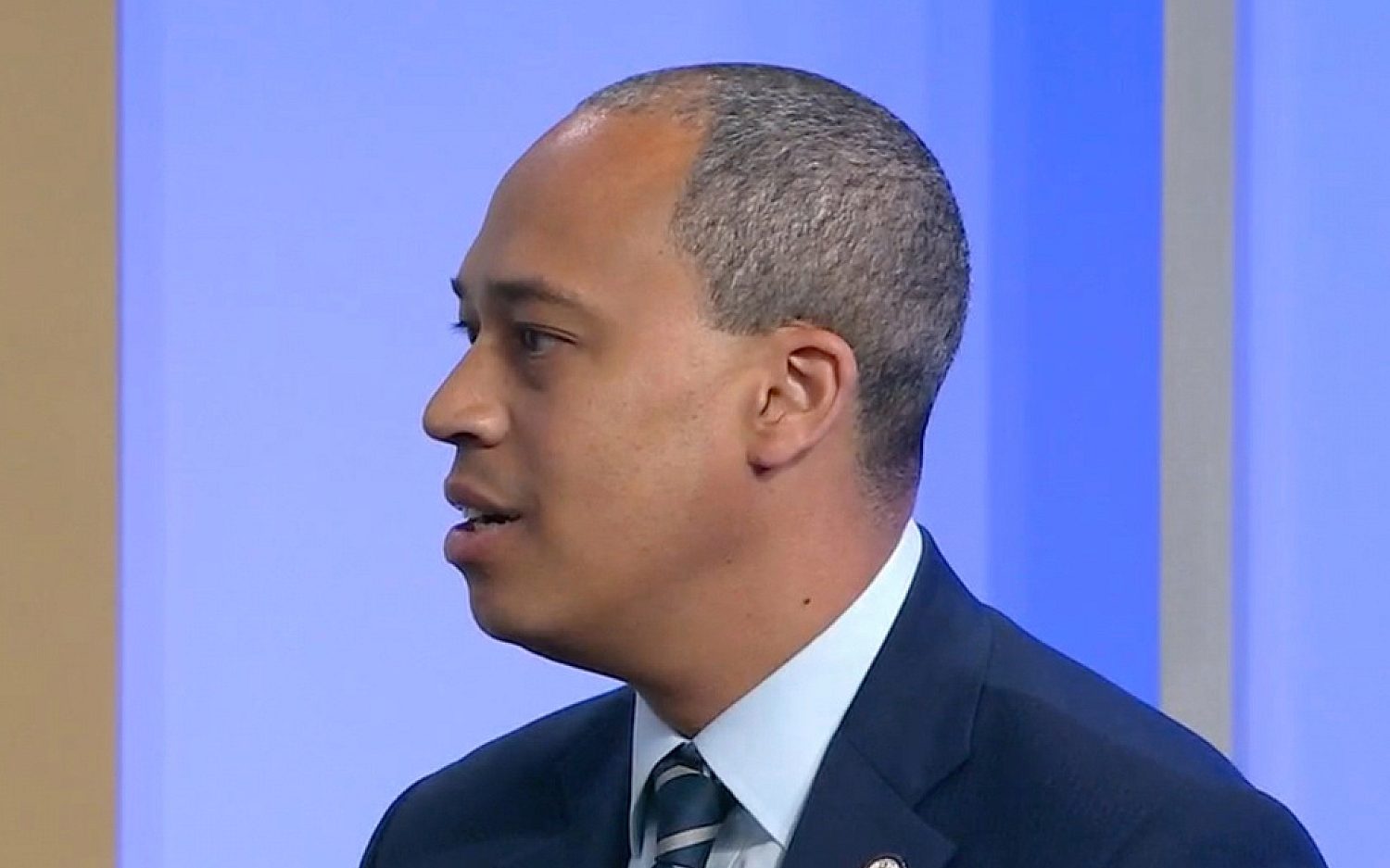Archeological finds illuminate biblical history
War in the Middle East has threatened not only millions of people but important artifacts as well. In 2009, Swiss authorities halted the sale of a 4,000-year-old cuneiform tablet—a lump of clay the size of a business card—minutes before the end of its eBay auction. They feared the seller had illegally obtained it from Iraq. This year, an exhibition at the Bible Lands Museum Jerusalem, “By the Rivers of Babylon,” includes a cuneiform tablet from about 15 years after the 586 B.C. conquest of Jerusalem.
No one doubts the collection’s importance. University of California lecturer Laurie Pearce said the tablets, which span a period of about 150 years, show the exiles were “integrated almost immediately” into Babylonian society. Her conclusion should come as no surprise to readers of Daniel 1, which details the training Daniel, Hananiah, Mishael, and Azariah received in Nebuchadnezzar’s court. Daniel Sofer, who loaned his collection to the museum, insisted he obtained the tablets legitimately.
Not every recent find is as biblically significant, or morally worrisome. In 2013, archeologists uncovered a wine cellar in northern Israel that could be both the oldest and largest in the Near East.
“This wasn’t moonshine that someone was brewing in their basement, eyeballing the measurements,” said Andrew Koh, associate project director. “This wine’s recipe was strictly followed in each and every jar.”
In 2014, Koh and his associates reported testing confirmed each jar held wine, as well as honey and juniper, and possibly mint, myrtle, or cinnamon—additives that suggest Canaanites in approximately 1700 B.C. wanted their wine to taste just right. They also wanted plenty of it. The archaeologists estimated it would take 3,000 bottles of wine to fill the 40 huge jars in the Tel Kabri cellar.
Finally, thanks to ground-penetrating radar (GPR), archeologists can find things even before they dig. In Bethsaida, archeologists discovered an entrance to a tunnel after the ground beneath a room in an Iron Age palace collapsed.
“Ground-penetrating radar revealed that the tunnel leads to the space in between the outer and inner city walls,” project director Rami Arav told Bible History Daily. “It looks like an escape tunnel and recalls to mind a similar escape way mentioned in 2 Kings 25:4.”
They hope to excavate the tunnel this year.
An actual newsletter worth subscribing to instead of just a collection of links. —Adam
Sign up to receive The Sift email newsletter each weekday morning for the latest headlines from WORLD’s breaking news team.




Please wait while we load the latest comments...
Comments
Please register, subscribe, or log in to comment on this article.